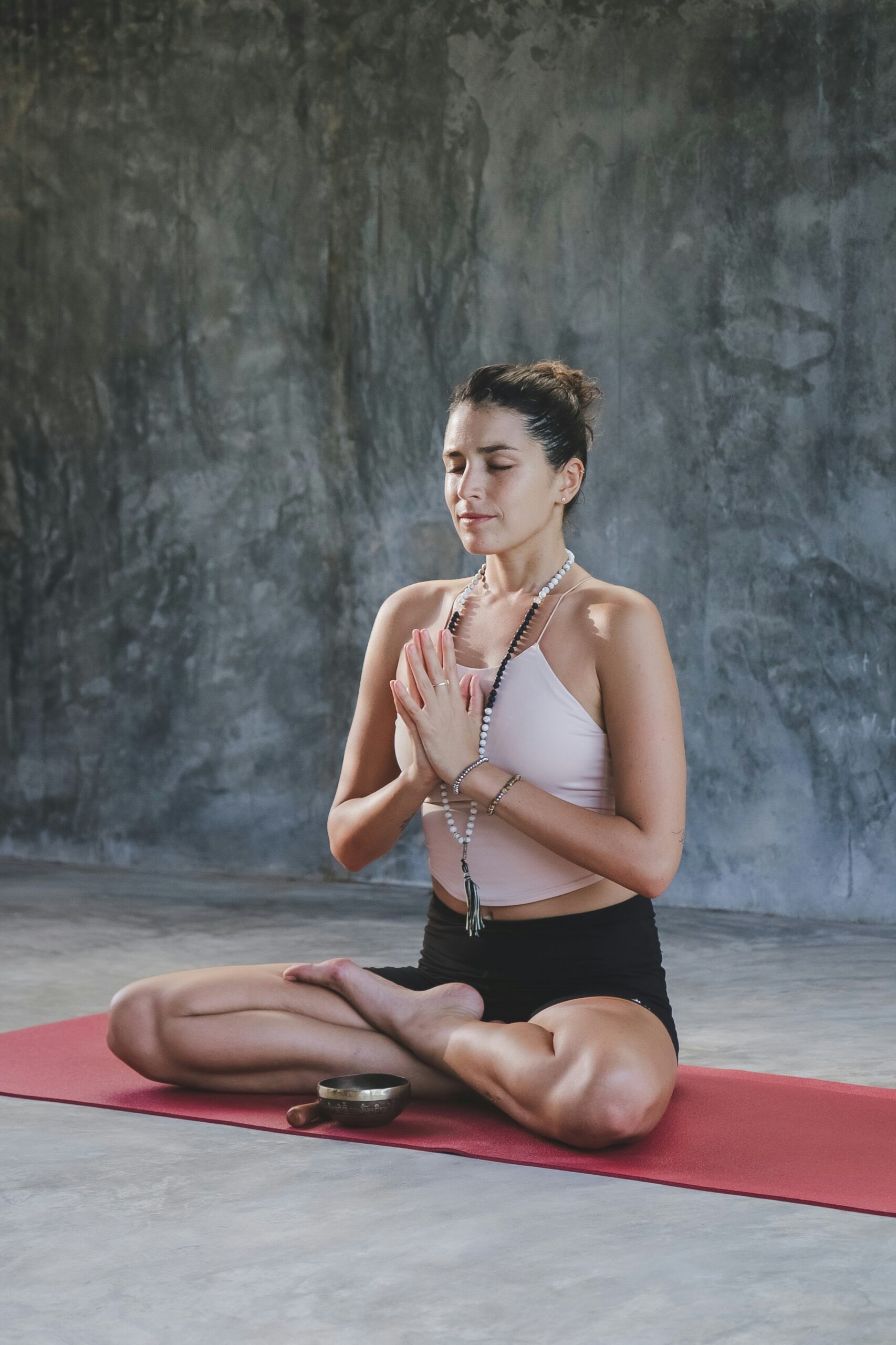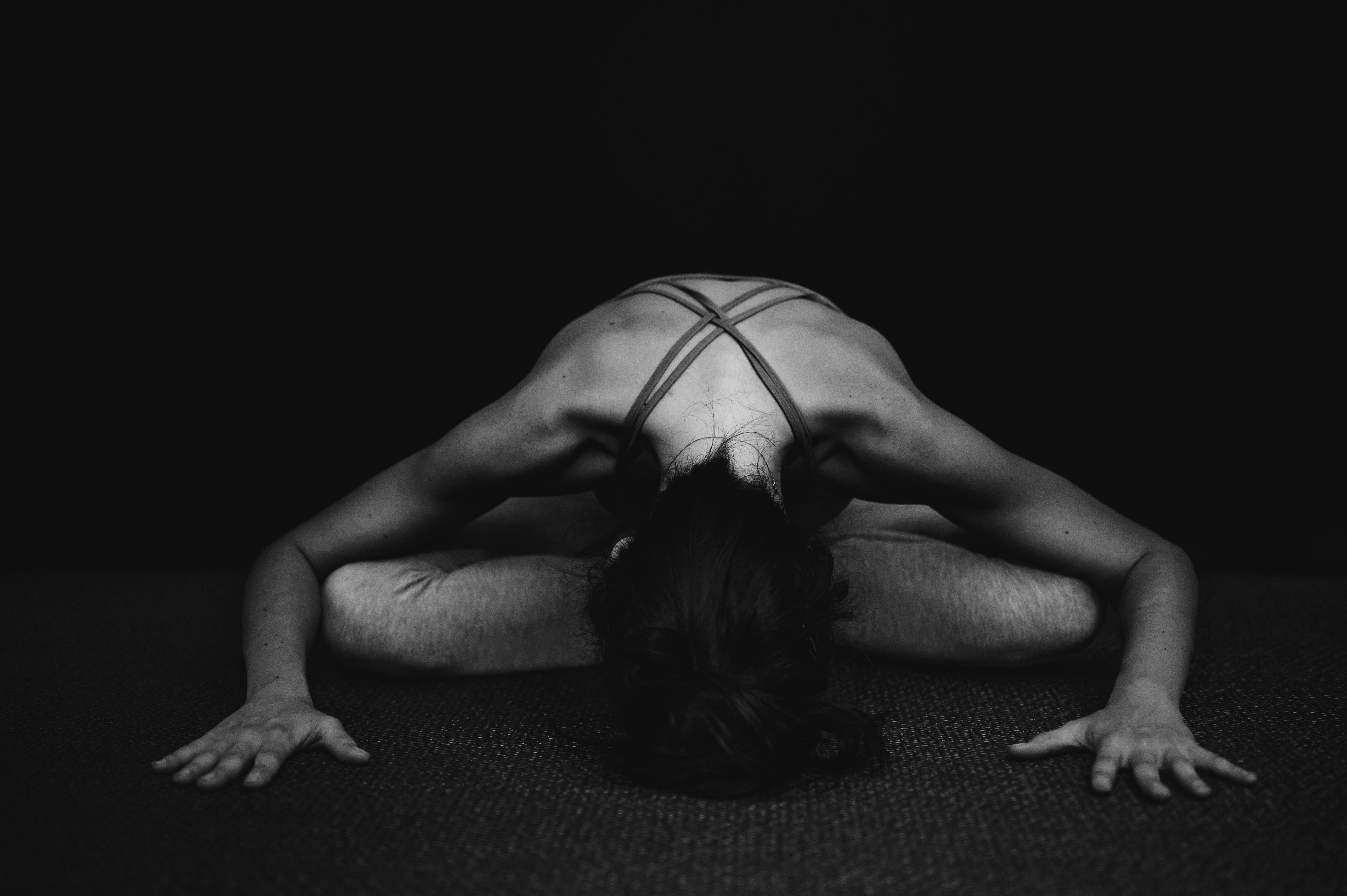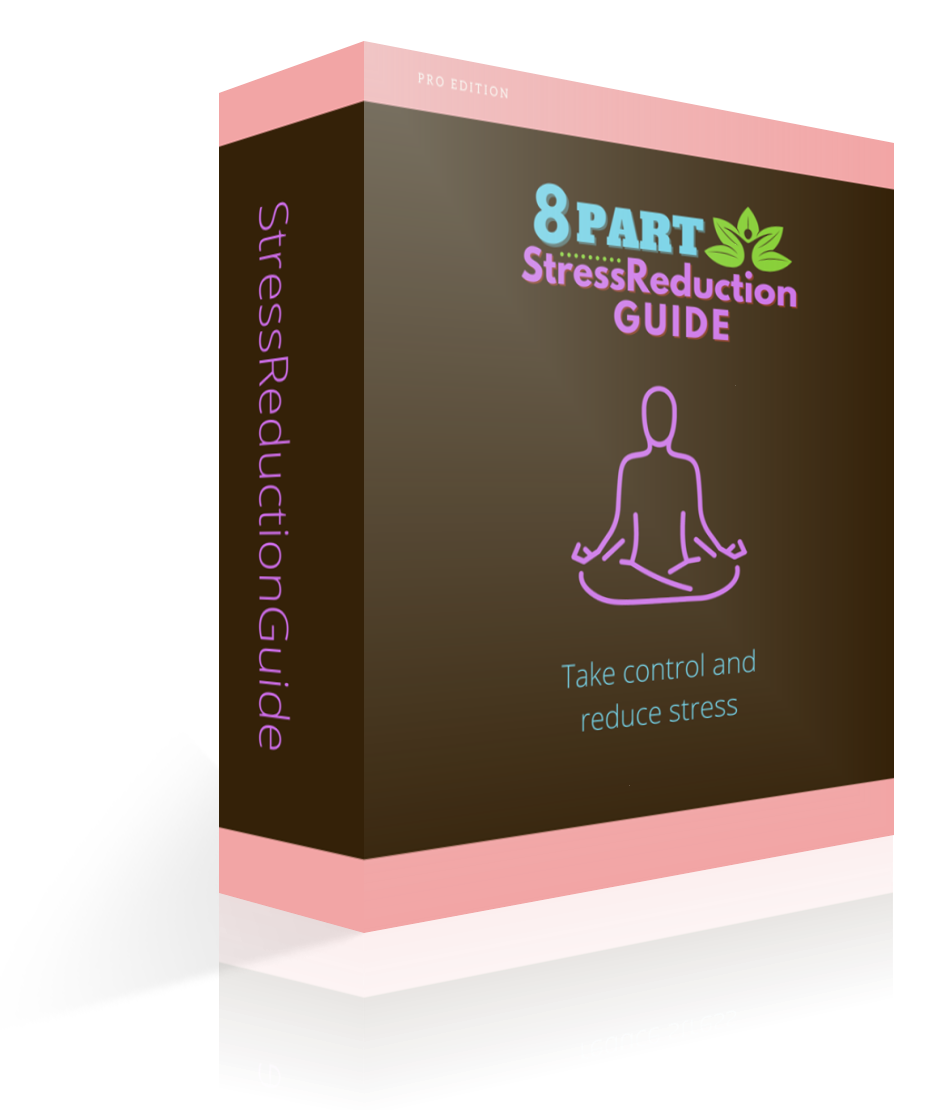Have you ever felt overwhelmed by the pace of life, finding it difficult to enjoy the present moment? In our fast-paced world, taking a step back to focus on your mental health and well-being can be a crucial, transformative experience. The key to achieving a balanced and fulfilling life often lies in practicing mindfulness daily. Mindfulness isn’t just a buzzword; it’s a way of living that can help you reclaim mental peace, emotional stability, and improved physical health.
Mindful Breathing
Mindful breathing is more than just an exercise; it’s a practice that brings your awareness to the present moment by concentrating on your breath. When you sit comfortably and breathe deeply, focusing solely on the sensation as the air flows in and out of your body, it anchors you in the present. This practice helps in creating a sense of calm by diverting your mind from its usual chaotic whirl.
How to Practice Mindful Breathing:
- Find a Comfortable Position: Sit or lie down comfortably. Ensure that you’re in a quiet place where you won’t be disturbed.
- Start with Deep Breaths: Begin by taking a few deep breaths. Inhale through your nose and exhale through your mouth.
- Focus on the Sensations: Pay close attention to the sensation of your breath. Notice how the air feels as it enters your nostrils, fills your lungs, and exits your body.
- Maintain a Steady Rhythm: Aim to breathe naturally and steadily. If your mind wanders, gently bring it back to your breath without judgment.
- Duration Matters: Even dedicating just 5 minutes a day to mindful breathing can significantly enhance your sense of calm.
Gratitude Journaling
Gratitude journaling shifts your focus from what’s wrong in life to what’s right. By spending just 5 minutes each day listing 3-5 things you are thankful for, you cultivate an attitude of gratitude. This practice not only increases positivity but also enhances your overall mental well-being by making you more appreciative of the small joys in life.
Steps for Effective Gratitude Journaling:
- Designate Time: Allocate a specific time each day, such as morning or bedtime, to write in your journal.
- Be Specific: Instead of broadly stating “I am thankful for my family,” specify why you are grateful, like “I am thankful for my sister’s supportive words during a tough day.”
- Reflect on Your Day: Think about small moments that brought you joy or contentment. It could be a meal, a conversation, or even a sunny day.
- Consistency is Key: Make it a habit. The more regularly you journal, the more benefits you’ll derive from it.
- Review and Reflect: Occasionally read through your past entries to remind yourself of the positive aspects of your life.
Progressive Muscle Relaxation
Progressive Muscle Relaxation (PMR) is an effective technique to reduce physical tension and mental stress. By focusing on tensing and then relaxing each muscle group, you become more aware of physical sensations and consciously release tension, thus fostering a deep state of relaxation.
How to Perform Progressive Muscle Relaxation:
- Comfortable Environment: Sit or lie down in a quiet, comfortable environment.
- Start from Your Toes: Focus on your toes. Tense them tightly for about 5 seconds, then release for 10-15 seconds. Notice the difference in sensation between tension and relaxation.
- Move Up Gradually: Follow the same process with other muscle groups—calves, thighs, abdomen, chest, arms, hands, neck, and face.
- Breathe Deeply: Combine the muscle relaxation with deep, slow breaths to enhance the calming effect.
- Practice Regularly: Consistent practice will make the relaxation response more automatic over time.
Body Scan Meditation
Body Scan Meditation is a mindfulness practice that involves mentally scanning your body from head to toe. This technique helps in enhancing your body awareness and cultivating mindfulness by paying attention to the physical sensations in each part of your body.
Steps to Practice Body Scan Meditation:
- Lie Down Comfortably: Find a quiet place to lie down. Close your eyes and take a few deep breaths to settle in.
- Starting Point: Begin with your toes. Focus on the sensations—warmth, coolness, tingling, or any other feeling.
- Gradual Progression: Slowly move your attention upward through each part of your body—feet, legs, abdomen, chest, arms, hands, neck, and head.
- Acknowledge Sensations: Don’t judge the sensations. Just acknowledge whatever you feel in each body part.
- Complete Scanning: Once you’ve reached your head, take a few moments to feel your body as a whole.
- Regular Practice: Aim to do this daily for 10-20 minutes to foster a deeper connection with your body.
Limiting Screen Time
In an era dominated by digital devices, limiting screen time has become essential for maintaining mental and physical health. Setting boundaries, such as no screens after 9 PM or limiting social media use to 30 minutes per day, helps reduce overstimulation, improves sleep quality, and manages stress.
Tips for Limiting Screen Time:
- Set Clear Boundaries: Decide on specific times of the day when you will avoid screens. For example, after 9 PM or during meals.
- Use Alarms or Reminders: Set alarms to remind you to take a break from screens or to signal the end of your allowed screen time.
- Engage in Alternative Activities: Replace screen time with activities like reading, exercising, or spending quality time with loved ones.
- Monitor Usage: Use apps to track your screen time and identify patterns in your usage. This can help you adjust your habits accordingly.
- Digital Detox: Periodically take a full day off from digital devices to reset and recharge.
Affirmations
Affirmations are positive statements that you say or write down each day to encourage positive thinking and help reframe negative thoughts. Daily affirmations like “I am capable” or “I choose peace” can boost self-esteem and foster a positive mindset.
How to Use Affirmations Effectively:
- Choose Positive Statements: Select affirmations that resonate with you and reflect what you want to achieve or feel.
- Consistency is Crucial: Make affirmations a daily habit, practicing them at the same time each day.
- Say Them Aloud: Saying affirmations out loud can make them feel more powerful and help reinforce the positive messages.
- Write Them Down: Keep a journal where you write down your affirmations daily, which can help solidify your positive thinking.
- Believe in Them: To truly benefit from affirmations, believe in them. Visualize yourself achieving or embodying what you are affirming.

Conclusion
Incorporating these six mindfulness practices into your daily routine can have profound effects on your overall well-being. Whether it’s taking just five minutes to breathe mindfully, maintaining a gratitude journal, practicing progressive muscle relaxation, engaging in body scan meditation, limiting screen time, or repeating positive affirmations, each of these strategies can bring you closer to a balanced, happier, and healthier life. Remember, consistency is key. By dedicating time each day to these practices, you will nurture your mental and physical health, cultivate greater awareness, and ultimately lead a more mindful life.





